Renovation Timeline Advice: So You Want to Be In by Christmas?
Keen to host next Christmas Day lunch in your newly renovated home? If so, here are the timings you need to know about
As a building designer, the most common deadline request I hear from clients is, “We want to be in by Christmas”. My advice is, if you have your heart set on moving into your new build or renovation by Christmas, you’ll need to start planning at least 12 months in advance.
New builds versus renos
It’s important to differentiate between a timeline for new builds and one for renovations. If you are only planning internal alterations, there is a good chance you won’t need council approval, which can shave up to six months off your timeline.
However, if you are planning major renovations or you’re working with a heritage-listed building or a protected site, you’ll need to factor in time for planning permissions and approvals; 12 months or more is not an unrealistic deadline to plan for your project completion.
Here is a timeline to give you an idea of how long each part of the planning and building process will take.
It’s important to differentiate between a timeline for new builds and one for renovations. If you are only planning internal alterations, there is a good chance you won’t need council approval, which can shave up to six months off your timeline.
However, if you are planning major renovations or you’re working with a heritage-listed building or a protected site, you’ll need to factor in time for planning permissions and approvals; 12 months or more is not an unrealistic deadline to plan for your project completion.
Here is a timeline to give you an idea of how long each part of the planning and building process will take.
12 months out
If you’re building, now is the time to research building designers or architects.
In my view, location is one of the most important things to keep in mind when choosing a designer or architect. Working with someone local will not only save you both time when it comes to meetings and site visits, but a local designer will have an understanding of the building regulations in your area.
A prospective building designer or architect should be able to advise you on these key issues:
If you’re building, now is the time to research building designers or architects.
In my view, location is one of the most important things to keep in mind when choosing a designer or architect. Working with someone local will not only save you both time when it comes to meetings and site visits, but a local designer will have an understanding of the building regulations in your area.
A prospective building designer or architect should be able to advise you on these key issues:
- Are there building and/or site regulations and restrictions that need approvals or appeals by town planning or your local council, such as environmental, fire or flood overlays?
- If you’re looking at off-grid options, what will work best on your type of block?
- Are there current restrictions or regulations in your area regarding off-grid or your other options?
- Does your site have any classifications or easements that you need to be aware of?
Tip: While it’s not imperative to use a local designer or architect, the person you choose should have a good understanding of the environment of your location – for example, rainfall levels, where the breezes come from, views, position of the light, and if any of these are expected to change over the next few years. Based on this information, your designer will be able to determine how the house breathes and fits into the environment.
Work out your budget
Knowing what you can and can’t afford to spend, and your estimated outlays, can mean the difference between the success or failure of your project.
In my view, it’s a good idea to start by working on your budget alone before bringing your designer or architect into the process. A good designer will be able to work magic with your budget, and help you make decisions early on that will enable you to keep your budget on-track throughout the build.
Make sure your total building budget includes all relevant costs, such as design fees, town planning fees, council fees, soil testing, structural engineering, landscaping (think pools, earthworks, fences and planting), furniture budget, and any interest on borrowings. And then there is the budget required to actually build your home.
Also bear in mind that there will be numerous price rises for things such as materials between the time you start the design process and when you move in.
Building to a Budget: 12 Must-Know Design Considerations
Knowing what you can and can’t afford to spend, and your estimated outlays, can mean the difference between the success or failure of your project.
In my view, it’s a good idea to start by working on your budget alone before bringing your designer or architect into the process. A good designer will be able to work magic with your budget, and help you make decisions early on that will enable you to keep your budget on-track throughout the build.
Make sure your total building budget includes all relevant costs, such as design fees, town planning fees, council fees, soil testing, structural engineering, landscaping (think pools, earthworks, fences and planting), furniture budget, and any interest on borrowings. And then there is the budget required to actually build your home.
Also bear in mind that there will be numerous price rises for things such as materials between the time you start the design process and when you move in.
Building to a Budget: 12 Must-Know Design Considerations
Eight months out
This is the fun part, when you and your designer get to create the design concept for your dream home – it is one of the most magical parts of the building process, where creativity flows. First drawings from your building designer or architect may offer up possibilities beyond what you had even imagined, and this is where collective dreaming really comes alive.
While it is important to keep it fun, don’t overlook practicality. Your home is where you will live every day and it needs to function well; doors should open properly and there should be enough space for storage, for example.
This is the fun part, when you and your designer get to create the design concept for your dream home – it is one of the most magical parts of the building process, where creativity flows. First drawings from your building designer or architect may offer up possibilities beyond what you had even imagined, and this is where collective dreaming really comes alive.
While it is important to keep it fun, don’t overlook practicality. Your home is where you will live every day and it needs to function well; doors should open properly and there should be enough space for storage, for example.
Get planning approval
Once your design concepts are agreed upon and finalised, plans will be submitted to council for approval. This process takes longer than you may realise, particularly if you’re dealing with a heritage restoration or a tricky site.
This is the point in the building process where your designer will organise soil checks, site certifications and double check council plans for any changes in easements to ensure there aren’t any extra surprises on your land.
Once your design concepts are agreed upon and finalised, plans will be submitted to council for approval. This process takes longer than you may realise, particularly if you’re dealing with a heritage restoration or a tricky site.
This is the point in the building process where your designer will organise soil checks, site certifications and double check council plans for any changes in easements to ensure there aren’t any extra surprises on your land.
Engineering and certification
This process can take up to five weeks and will affect the materials used in the foundation of your build, as well as your landscaping options.
6 Big Decisions to Make When Building or Renovating
This process can take up to five weeks and will affect the materials used in the foundation of your build, as well as your landscaping options.
6 Big Decisions to Make When Building or Renovating
Choose a builder
Now is also the time you need to select a builder to bring your project to life. After doing your research, reading reviews and perusing their previous projects, allow at least a month for quotes to come in (that means start asking for quotes at the end of March, early April if you plan to move in before Christmas).
While cost is a crucial factor when choosing a builder, other important questions to ask include:
Now is also the time you need to select a builder to bring your project to life. After doing your research, reading reviews and perusing their previous projects, allow at least a month for quotes to come in (that means start asking for quotes at the end of March, early April if you plan to move in before Christmas).
While cost is a crucial factor when choosing a builder, other important questions to ask include:
- Will they have the time to build when you are ready?
- Do they understand you as a client and what you are trying to achieve?
Six months out
If you’re building: A new build will take six months or more to complete. And bear in mind that the Christmas period doesn’t begin on 25 December, rather at the start of the month.
To be ready to welcome friends and family into your new home for Christmas, aim to move in within the first week of December. To hit this deadline, your builder needs to break ground in late-April or early-May.
If you’re building: A new build will take six months or more to complete. And bear in mind that the Christmas period doesn’t begin on 25 December, rather at the start of the month.
To be ready to welcome friends and family into your new home for Christmas, aim to move in within the first week of December. To hit this deadline, your builder needs to break ground in late-April or early-May.
If you’re renovating: Six months is generally a realistic time frame for a small- to medium-size renovation, depending on the scale of the project and what kind of trades will be involved (remember that all work should be carried out by licensed trades under a builder’s contract).
Now is the time to start your renovation checklist, which will act as your blueprint throughout the process. A thorough renovation checklist will keep track of what work is being done when, quotations received from suppliers and installers, expected delivery dates for fixtures and finishes, and which trades people are due on site when.
Now is the time to start your renovation checklist, which will act as your blueprint throughout the process. A thorough renovation checklist will keep track of what work is being done when, quotations received from suppliers and installers, expected delivery dates for fixtures and finishes, and which trades people are due on site when.
Three months out
Now is the time to expect delivery of internal features and furniture (which will have been ordered by your interior designer, if you’re using one), and to get excited about decorating your new home.
Now is the time to expect delivery of internal features and furniture (which will have been ordered by your interior designer, if you’re using one), and to get excited about decorating your new home.
Organise the move
Because you are planning to move in at a very busy time of year for the industry, it’s a good idea to get quotes from movers and make a tentative booking in early September – especially if you are planing a long-distance move. You don’t need to hire the movers just yet, but do your research, read reviews, pick your preferred team, and set a tentative date.
Because you are planning to move in at a very busy time of year for the industry, it’s a good idea to get quotes from movers and make a tentative booking in early September – especially if you are planing a long-distance move. You don’t need to hire the movers just yet, but do your research, read reviews, pick your preferred team, and set a tentative date.
One month out
Confirm the removalists and prepare to move in to your beautiful new – or renovated – home.
A Removalist Reveals: 3 Things I Wish My Clients Knew
Confirm the removalists and prepare to move in to your beautiful new – or renovated – home.
A Removalist Reveals: 3 Things I Wish My Clients Knew
Tell us
Did you find this story useful? Tell us in the Comments and don’t forget to save your favourite images, like this story and join the conversation.
More
Want more on renovating? Browse more design and construction companies near you who can help build or renovate your dream home
Did you find this story useful? Tell us in the Comments and don’t forget to save your favourite images, like this story and join the conversation.
More
Want more on renovating? Browse more design and construction companies near you who can help build or renovate your dream home



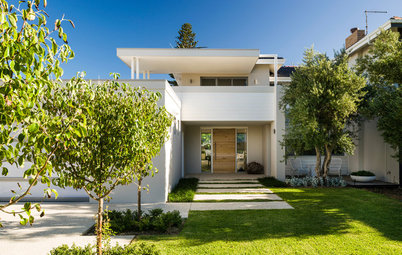
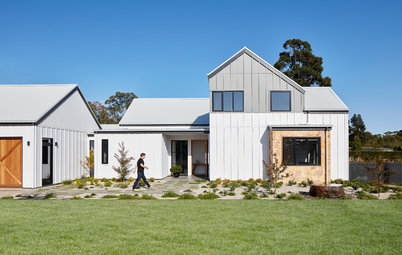
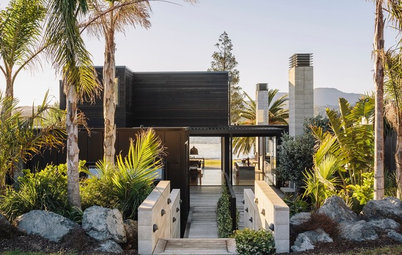
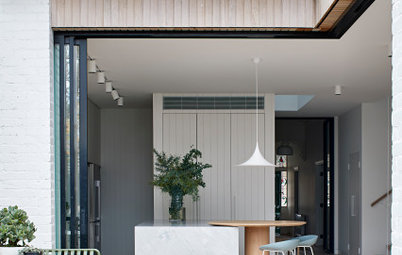
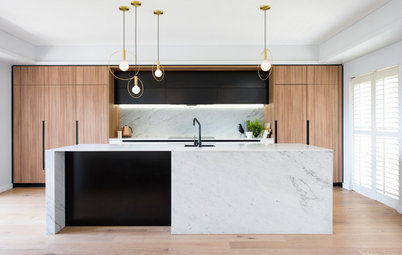
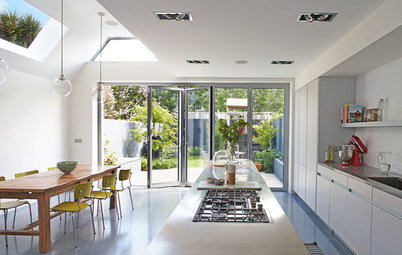
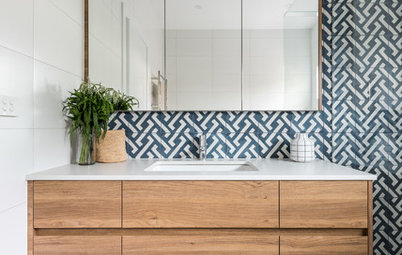
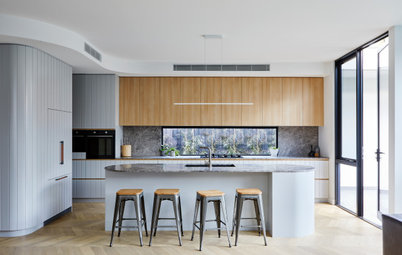
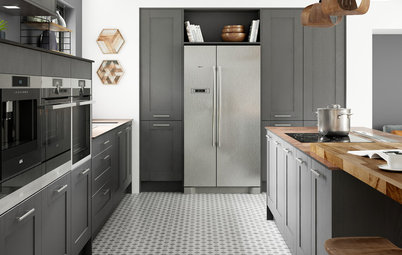
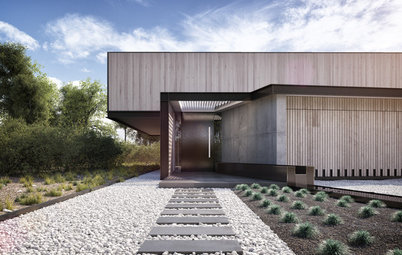
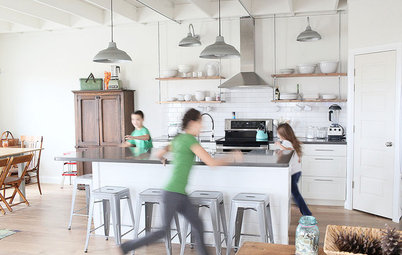

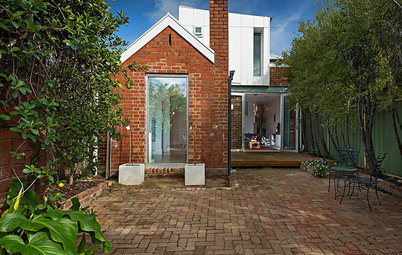
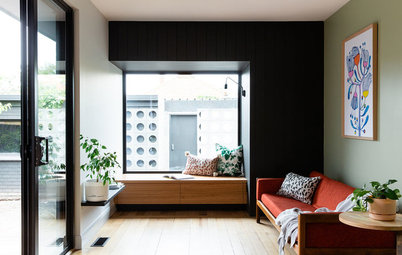
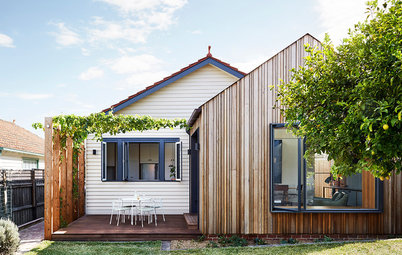
You’ll also need to include time allowances for unexpected hold-ups and surprises, which are inevitable in a renovation or new build – particularly large-scale ones.
The main stages of a build or renovation include the following: